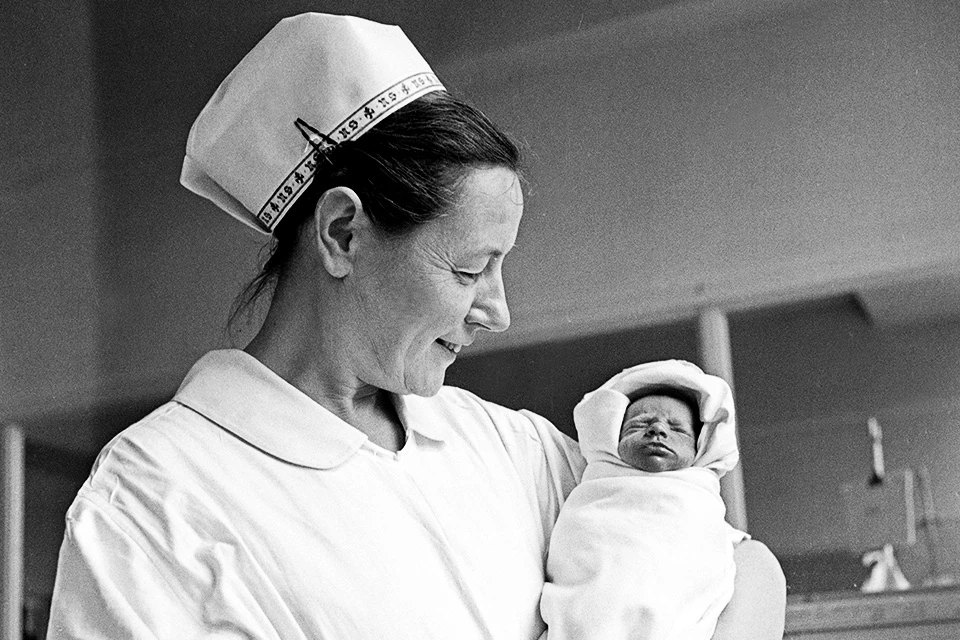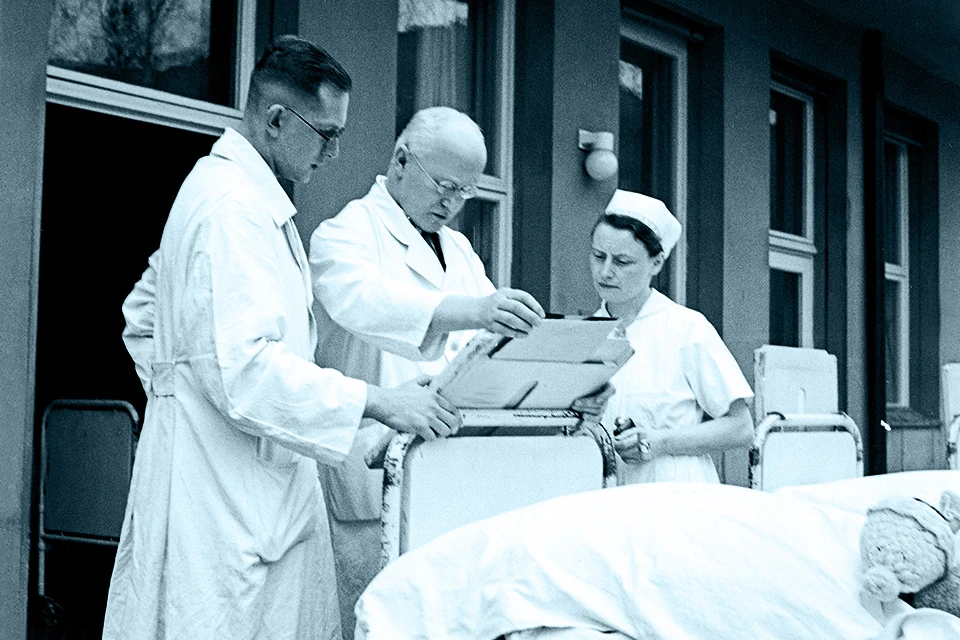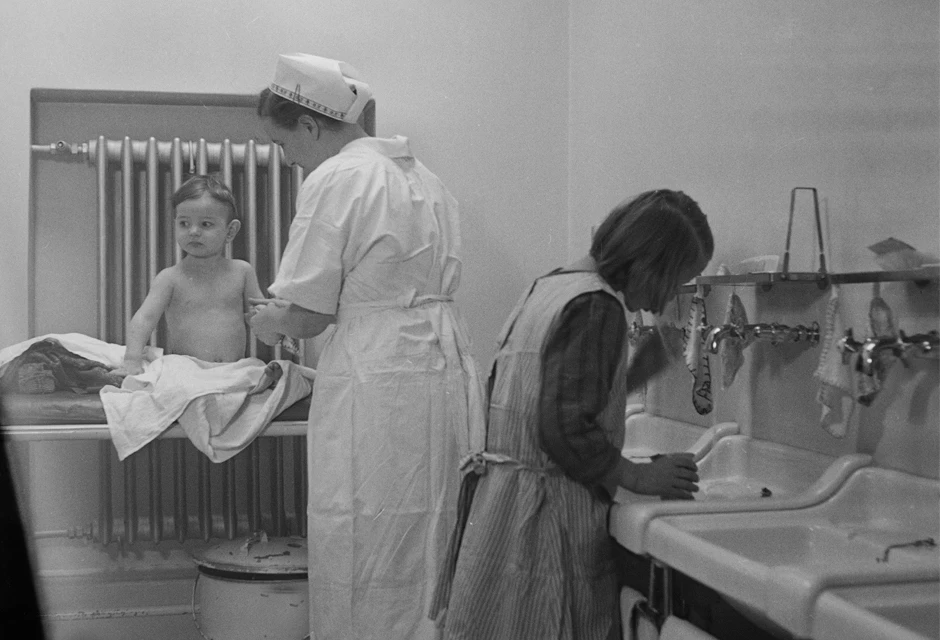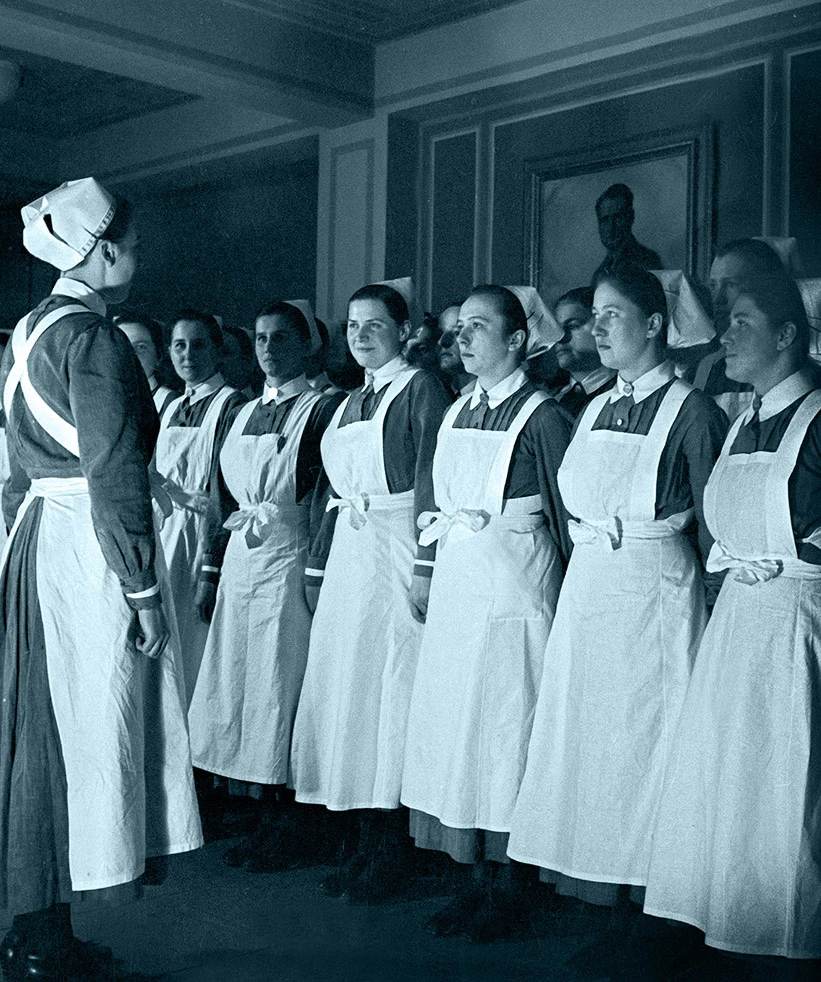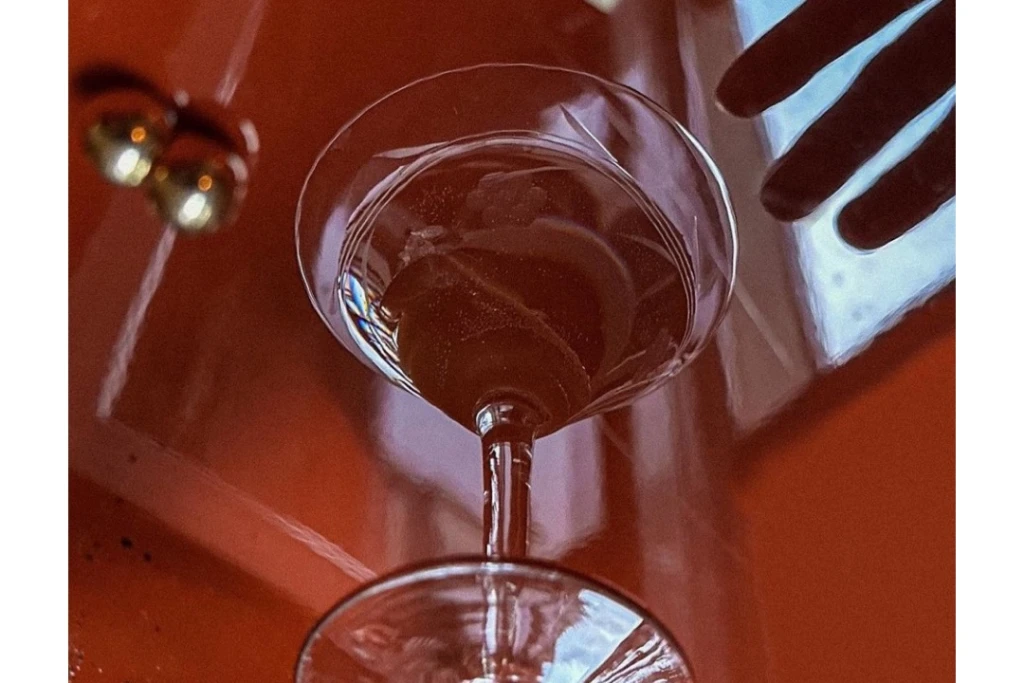Emma Children's Hospital
EmmaNext.gala 2022
It's very special to be able to be of significance to the Emma Children's Hospital. In this academic children's hospital, the care for seriously ill children is improved every day. At the moment they are committed to faster diagnoses, in order to be able to start the right treatment immediately. With the help of an innovative test, they will soon be able to tell the difference between an inflammation, an infection, or cancer. Amazing how fast pediatrics is developing! Plinius is proud to contribute to the EmmaNext.gala next Friday by making a luxurious stay in one of Plinius' Villa in Tuscany available. Want to know more? https://www.steunemma.nl/wat-wij-doen/emmanext-gala/
The goal for of EmmaNext.gala 2022: Faster diagnosis for seriously ill children and the best tailor-made care. Pediatricians are confronted daily with the complex 'puzzles' of diagnostics in seriously ill children. Children and parents are traumatized by the many examinations and the lack of diagnosis.
Healthcare is developing at lightning speed, with new 'omics' techniques a completely new form of diagnostics is being created. With minimal strain on the child, a 'fingerprint' of the disease can be formed by means of exhaled air, blood or urine samples.
Through implementation and innovation, this technique can make 'bedside' diagnoses in the future. It will be able to indicate the difference between infection, inflammation or cancer as the cause of the disease. With faster diagnosis and more specific treatment, this technology can be life-saving for the child and substantially improve the quality of life.
History; The origin of the profession of pediatric nursing
In the 19th century, sick children were cared for by their mothers at home. At that time, children were not hospitalized.
1852 - 1863
This year the first children's hospital in London opened its doors. In the Netherlands, the Sophia Children's Hospital was founded in Rotterdam and, following on from it, in 1865 the Emma Children's Hospital in Amsterdam. Once the doors of the hospitals were opened, the question arose as to who was able to nurse sick children. It was initially run by ladies of good descent.
1900 – 1928
After 1900, the training to become a 'nurse' was started and more and more attention was paid to the specific nursing of the sick child. In 1928, this led to the legal recognition of the endorsement of pediatric nursing and this gave the profession status.
1939 – 1945
After WWII, the care and well-being of children became more and more central. The profession of pediatrics continued to develop and so did the profession of the pediatric nurse.
1950
In the 1950s, nurses had a lot of authority. This lasted until the 1990s. In the past, the nurse was the director of the hospital. She was often a nun. She knew everything about the patients and the doctor was in awe of her. She was aware of the all the ins and outs of the hospital.
1964
More and more specialized departments were installed in hospitals in the 1960s and 1970s. Until 1964, the only requirements to become a nurse were that you were of good descent and your father's profession also played a part. Later this changed and you had to have done at least ‘MULO’ and the name nurse was changed to nurse.
1970 - 1990
Children in the hospital were often lonely and that is why from the 1970s the brothers and sisters were allowed to visit together with the parents. In 1990 more and more managers came in to make the decisions. This generalist approach made room for job differentiation and specializations. Hospitals were increasingly given a hierarchical structure, as a result of which the autonomy of the nurses also changed.
Present time
In the past 10-20 years, a lot has changed in the care for the sick child and the family. Children can go home from the hospital much earlier and the complexity of the care provided has also improved to much higher standards. There is a growing number of chronically ill children and an increase in technical possibilities. The principle of the Child & Care Charter, that a child is not unnecessarily admitted to hospital or treated on an outpatient basis, when this is also possible in the home situation, is increasingly used. In addition, children who previously could not be at home can now go home. This includes respiratory care and home dialysis. This means that the expertise of the pediatric nurses in the home situation must be at least as great as in the hospital.
EmmaNext.gala 2022
Contribute to the children's hospital of the future, make a big impact by attending the annual exclusive black tie charity gala of Stichting Support Emma Children's Hospital; the EmmaNext.gala. The upcoming edition will take place on Friday 14 October in the impressive Capital C.
Ultimately, it's all about the future of the children treated at Emma Children's Hospital. Let's use the latest techniques to make that future of theirs the best it can be!
~ Prof. dr. Willem de Vries, head of Emma Kinderziekenhuis



